See Naples and Die (Part II)
A tour among iconic sites and natural wonders

Naples is an eclectic city and, playing with metaphors can be compared to a nice cocktail, well balanced and reasonably priced. The balance comes from its millennial history combined with a variety of natural beauties that usually leaves the taster speechless and craving for another sip (it is not uncommon for people to buy the entire bottle at the end of the day).
 Mount Vesuvius
Mount Vesuvius
Loads of activities are available in town as well as free walking tours that will take you through many hidden coves and distinctive vicoli (narrow alleys) like the Quartieri Spagnoli, the heart and soul of Naples, whose art and folklore embodies the real spirit of the Napoletanità (citizens' sense of belonging to the city and its traditions).
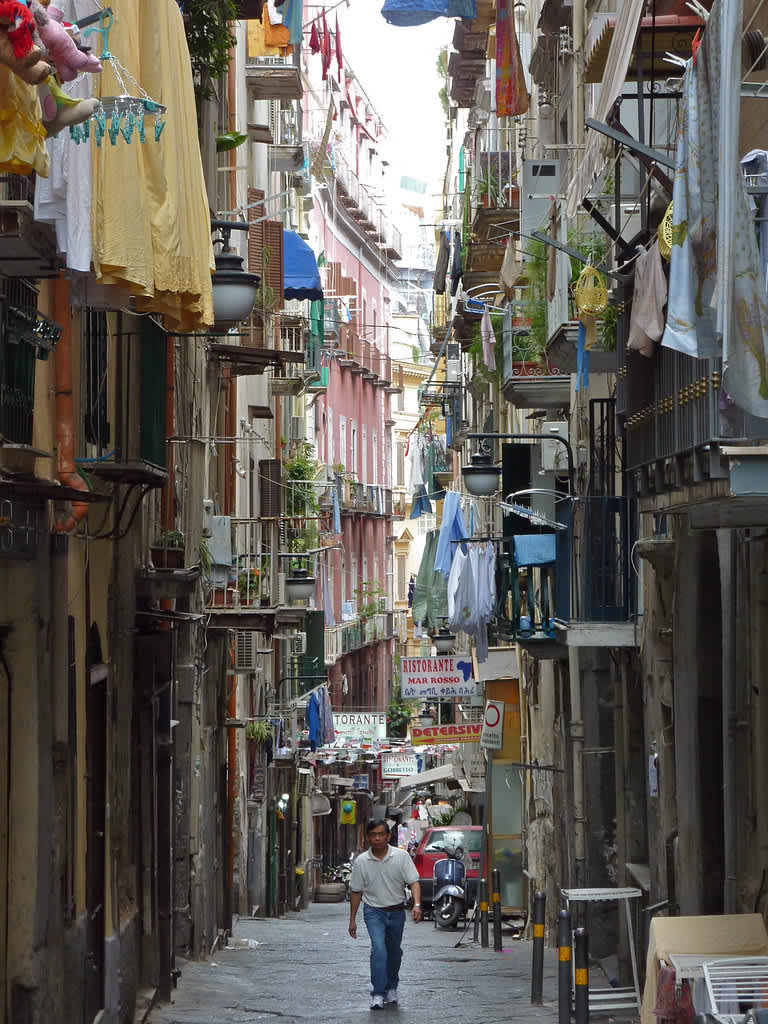 Quartieri Spagnoli
Quartieri Spagnoli
The Centro Storico (Old Town), then, is the sacred meeting place for every Neapolitan. During the day, this quaint place is perfect for a stroll, whether you want to enjoy a local play in one of the theatres around or listen to some live music genuinely improvised in the streets. When the sun goes down, streets heat up with nightlife fervor and people celebrate life out in the squares or the multitude of bars and underground clubs, in a mix of Afro-beats and Ode to joy. Partying in Naples is a must-do and no other place will give you the same delightful authenticity.
 Old Town
Old Town
Among other things, make sure you pay a visit to Napoli Sotterranea, a suggestive tour in the Underground city of Naples where you can get lost between the labyrinth of narrow tunnels and cavities excavated by the Greeks in which myths and legends still lie alive in the imagination of all Neapolitans. Speaking of ruins, not far from the city center is Pompeii archeological site where still endures the remains of the city that was buried under six-meter of volcanic ash and lava in the eruption of Mount Vesuvius in AD 79.
 Naples Underground
Naples Underground
 Pompeii
Pompeii
For more world-renowned monuments and places check out:
- Maschio Angioino, medieval castle and royal seat for kings of Naples, Aragon, and Spain and now headquarters of Neapolitan Society of Homeland History.
 Maschio Angioino
Maschio Angioino
- Castel dell'Ovo, the oldest standing fortification in Naples.
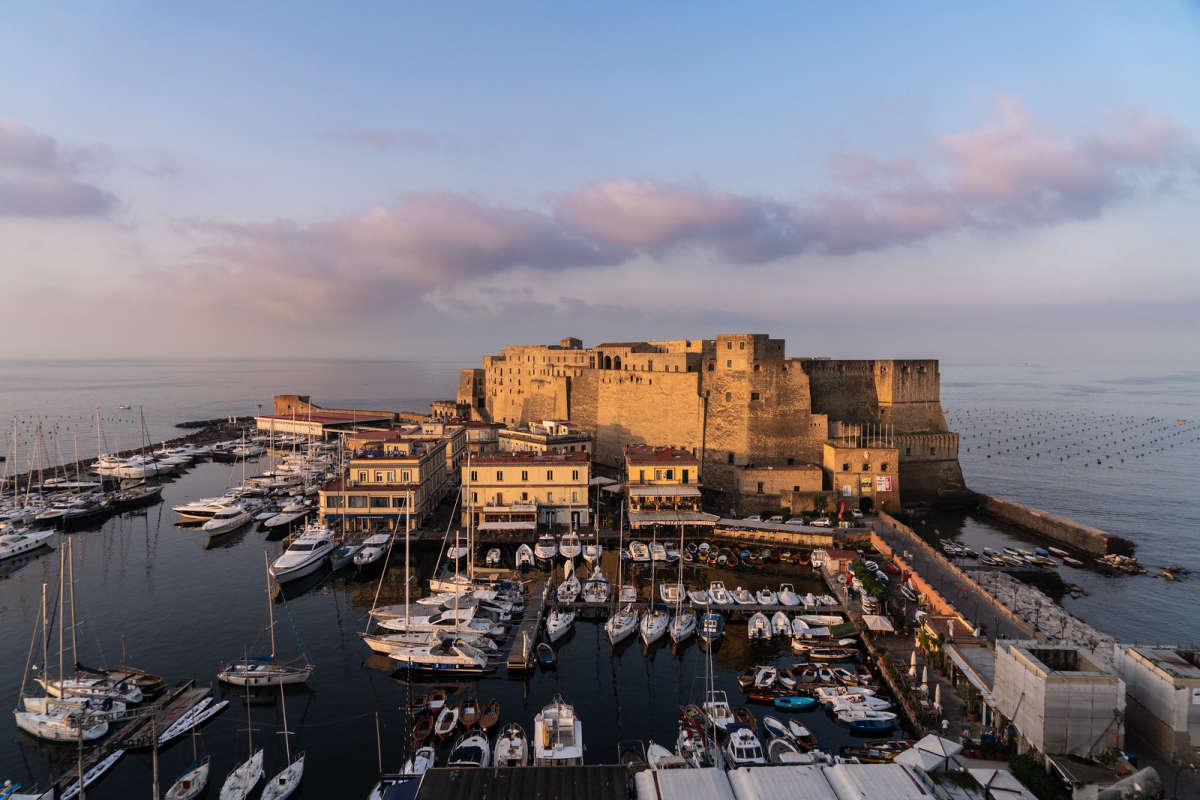 Castel dell'Ovo
Castel dell'Ovo
- Museo di Capodimonte, one of the largest museums in Italy and the prime repository of Neapolitan painting and decorative art.
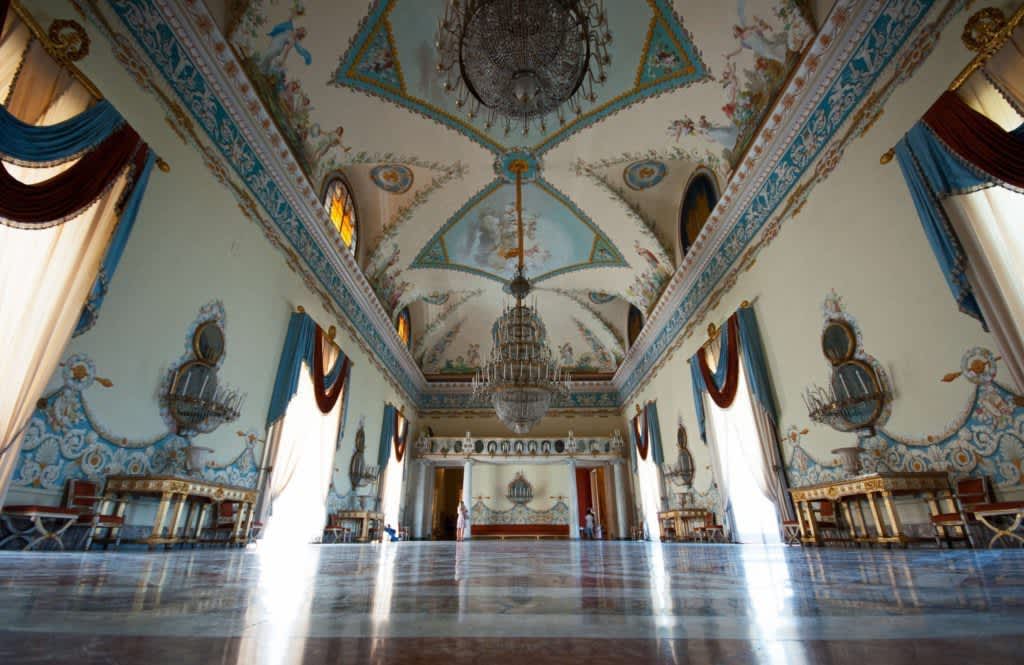 Capodimonte Museum
Capodimonte Museum
- Teatro San Carlo, opera house and the oldest active venue for opera in the world, having opened in 1737. The theatre is connected to the Royal Palace adjacent to Piazza del Plebiscito.
 San Carlo
San Carlo
- Spaccanapoli, the straight and narrow main street that traverses the Old Town. The name means "Naples Splitter" and derives from the fact that it is very long and from above it seems to divide that part of the city.
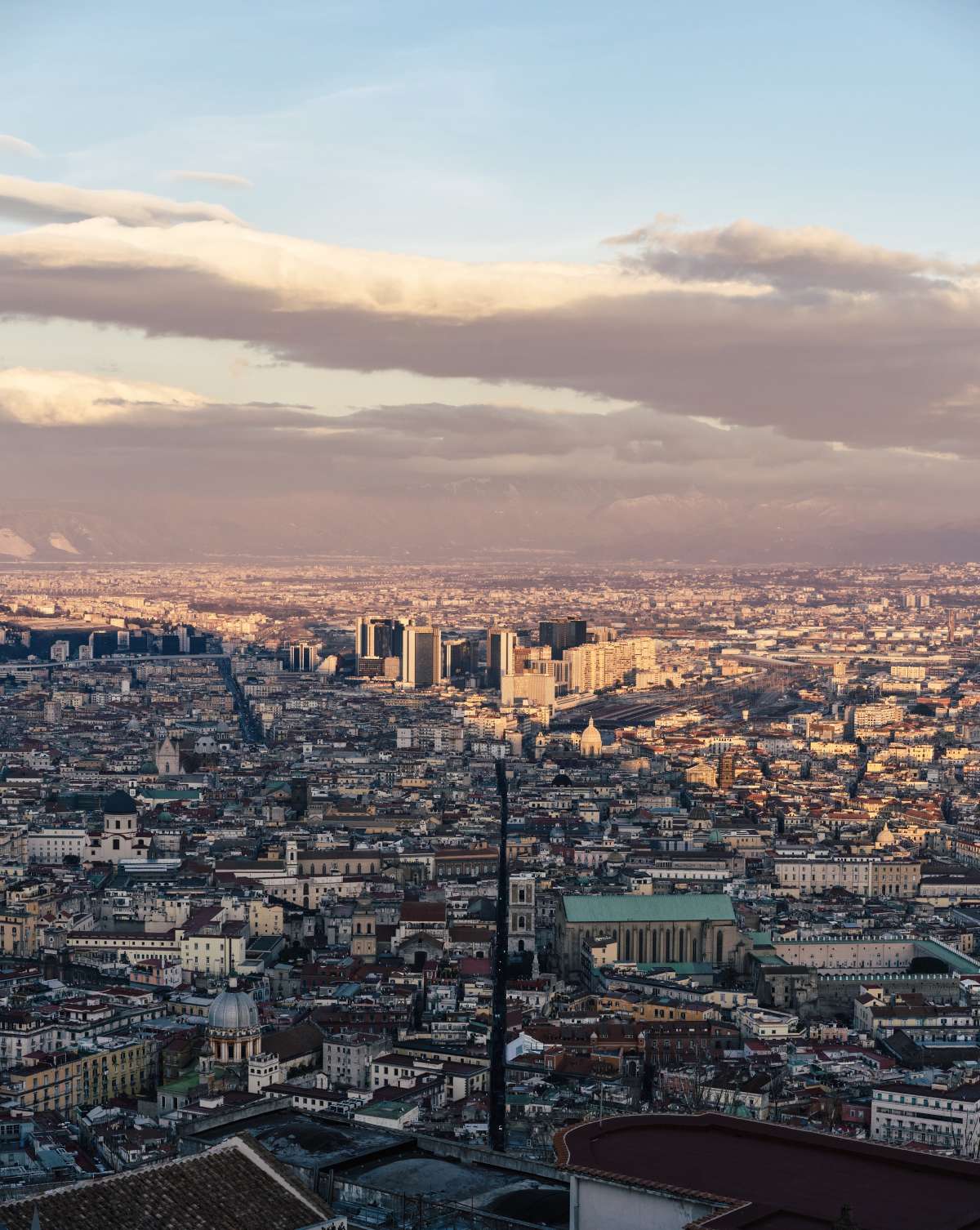 Spaccanapoli
Spaccanapoli
At the start of this article, I mentioned natural beauties, remember? Don't you worry! I did not forget it and neither should you do! Let's get started with THE natural wonder of Naples...the one and only Mount Vesuvius! The notorious volcano that thousand years ago buried an entire city with fury and fire is now one of the greatest attractions in town. The National Park that surrounds the still-active volcano is a World Heritage Center protected by UNESCO. Hiking lovers will adore it and the boldest among them will have the chance to climb to the top of the crater and admire the spectacular view of the Gulf of Naples and its Islands.
 Vesuvius National Park
Vesuvius National Park
Gulf? Islands? Yes, you heard correctly! For those who have not realized this yet, Naples is a coastal city, there are, therefore, a few sea-related attractions around. The most iconic of them all is, without any doubt, the Gaiola Underwater Park, just a few steps away from the enchanting Esplanade. This is one of the most suggestive and picturesque seascapes of the Gulf of Naples. The seabed is inhabited by the most original plant and animal species of the Mediterranean and either snorkeling or diving is highly recommended to spot volcanic sediments or archeological remains. Further up the coast, on the little islands, remains of Roman Imperial Seaside Villas are still visible above and below the water surface and the surrounding panorama is sight for sore eyes. Also, Gaiola is the perfect place to spend a relaxing day and locals' favorite spot when it comes to unplugging, away from stress and strain. Its cozy beach and crystal clear water make a perfect match for those hot days of summertime when dipping is mandatory if you don't want to melt.
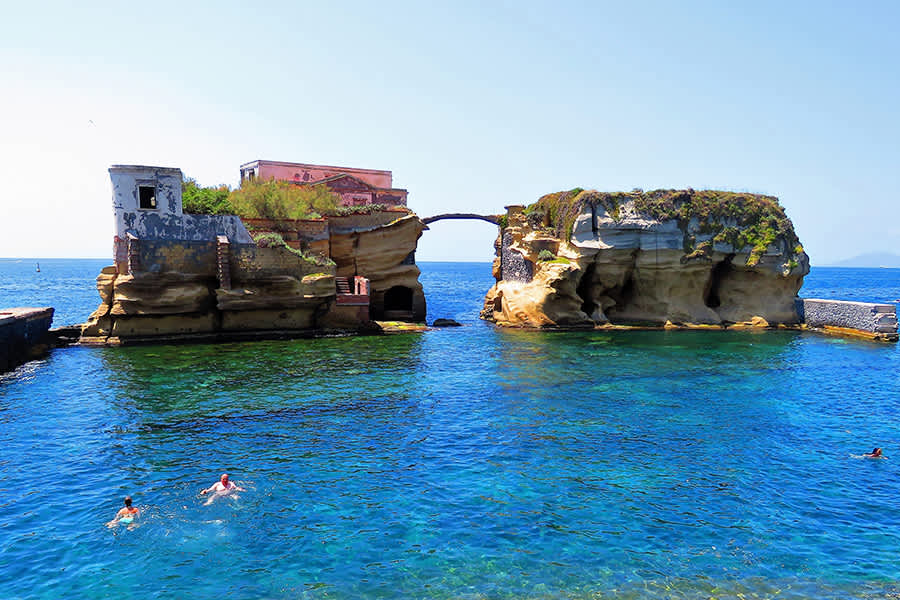 Gaiola
Gaiola
When speaking of beaches and good weather, it is impossible not to mention the Sorrento Coast. Located on the southern end of the Bay of Naples, the entire coastline around Sorrento is among tourists' favorite destinations and an absolute treasure of the Mediterranean. Local people are very welcoming and laid-back and so is the atmosphere in town where happy holiday vibes can be soaked up throughout the year. The view from the coast is wonderful, being able to spot the Gulf of Naples, Vesuvius and the Island of Capri all at once. Sorrento is especially known for its lemon production, which is used to produce the famed liqueur known as limoncello, the best of Italy, so make sure you pack a bottle on your way back home.
 Sorrento
Sorrento
Capri is also another famous location whose crags and grottoes have been dazzling visitors since the Ancient Greeks first settled the island. Capri is beautiful, dead beautiful and many artists and writers have been immortalizing its beauty for centuries. Grotta Azzurra, a natural sea cave illuminated by mystical blue light, is Capri's main attraction and is extremely popular among tourists. The grotto can be accessed from land even though boat tours are more exclusive and will provide a much more delightful customer service experience. Some of them will take you to a luxury all-around island tour (including the famous Faraglioni Rocks, sea stacks eroded by waves) offering onboard wine tasting and canapes.
 Blue Grotto, Capri
Blue Grotto, Capri
These above are just a few examples of what one should expect when visiting Naples and trust me when I say there is a lot more to see. That said, I feel there is but one alternative for you to discover the rest of it: book your holiday and enjoy Italy's most unlikely classic.